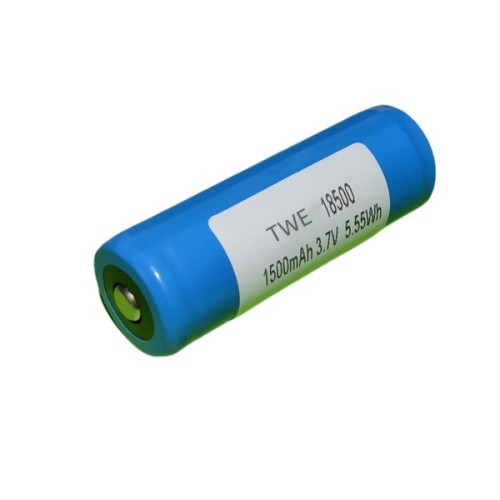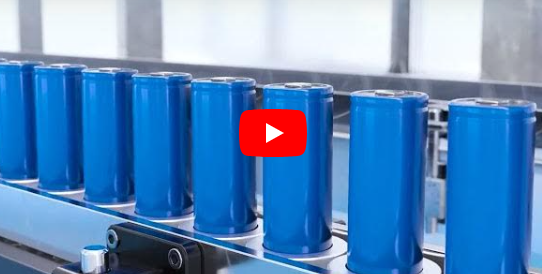The growth of the LiFePO4 battery market has been phenomenal over the last decade. With its high energy density, longer cycle life, and improved safety compared to other battery chemistries such as lead-acid and NiCad, LiFePO4 batteries are becoming the go-to choice in numerous applications. The 48V LiFePO4 batteries, in particular, are witnessing significant demand, as they find applications in electric vehicles, renewable energy storage, and other high-power applications. In this blog post, we will discuss the various market trends and growth prospects of 48V LiFePO4 batteries, the role they play in emerging markets, the innovation of battery technology, and strategies for competing in this market.
1.Market Trends and Growth Prospects Globally
According to a recent market research report, the global LiFePO4 battery market is expected to grow at a compound annual growth rate of 19.1% from 2021 to 2026. The increasing adoption of electric vehicles, the growing demand for renewable energy storage systems, and the need for high-energy density batteries in portable electronic device applications are driving the growth of the LiFePO4 battery market. Among the various voltage ratings, the 48V LiFePO4 batteries are expected to witness significant growth, mainly due to their applications in electric vehicles, which are becoming increasingly popular worldwide.
2.Rising Demand in the Automotive Sector: HEVs and EVs
The automotive sector is a significant end-user of LiFePO4 batteries. The rising demand for hybrid electric vehicles (HEVs) and electric vehicles (EVs) has been a significant driver of LiFePO4 battery demand. The 48V LiFePO4 batteries play a critical role in HEVs and plug-in hybrid electric vehicles (PHEVs) as they provide power for the auxiliary systems such as lights, air conditioning, and infotainment systems. Besides, 48V LiFePO4 batteries are becoming popular in pure EVs as well. They offer advantages such as lower costs, faster charging times, and longer lifespan compared to other battery chemistries. Companies such as Tesla, LG Chem, and Panasonic are investing in the development of LiFePO4 batteries for EV applications.
3.The Role of LiFePO4 Batteries in Emerging Markets
LiFePO4 batteries are finding numerous applications in emerging markets such as energy storage systems (ESS), uninterruptible power supplies (UPS), and renewable energy integration systems. The 48V LiFePO4 battery configuration is becoming popular in renewable energy storage applications such as solar and wind power. Renewable energy sources such as solar and wind power generate intermittent power, making energy storage systems necessary to balance supply and demand. The long cycle life and high energy density of LiFePO4 batteries make them ideal candidates for such applications.
4.Innovation in Battery Technology: What's Next for LiFePO4?
LiFePO4 batteries are relatively new compared to other battery chemistries such as lead-acid and NiCad. However, research and development efforts are underway to improve their performance further. One significant area of innovation is the improvement of energy density. Currently, the energy density of LiFePO4 batteries is lower than that of other chemistries such as lithium-ion. Researchers are trying to increase the energy density without sacrificing safety, cycle life, and reliability. Another area of improvement is the charging time. While LiFePO4 batteries offer a shorter charging time compared to other chemistries, researchers are looking to reduce it further.
5.Strategies for Competing in the LiFePO4 Battery Market
The LiFePO4 battery market is highly competitive with numerous companies offering products at different price and quality points. For companies looking to enter or expand their presence in the market, a few strategies can help them compete better. Firstly, innovation is critical. Research and development efforts must focus on improving battery performance, safety, and lifespan. Secondly, finding niche applications is essential. While LiFePO4 batteries find application in numerous areas, finding a niche can help companies differentiate their products and stand out. Thirdly, partnerships and collaborations can help companies reduce costs, improve quality and expand their product portfolio. Companies such as Topwell Power have established partnerships with other companies to enhance their offerings.
LiFePO4 batteries are becoming increasingly popular in numerous applications due to their high energy density, long cycle life and improved safety. The 48V LiFePO4 batteries, in particular, are witnessing significant demand, driven by the growth of electric vehicles, renewable energy storage, and other high-power applications. With the increasing competition in the market, companies must focus on innovation, finding niche applications, and partnerships to compete better. In conclusion, the future looks bright for LiFePO4 batteries, and the 48V LiFePO4 configuration, in particular, promises to remain a critical area of growth.
 The Future of Portable Power: Advancements in 18500 Li-ion Battery Technology
The Future of Portable Power: Advancements in 18500 Li-ion Battery Technology
 LiPo Batteries and Sustainability: Navigating Environmental Impact
LiPo Batteries and Sustainability: Navigating Environmental Impact